The sink drain is the main component of any bathroom sink. It is responsible for removing wastewater from the sink and sending it into the sewer or septic system. Without a functioning sink drain, your bathroom sink would be rendered useless. Let's take a closer look at this essential component and its parts.Sink Drain
The bathroom sink is one of the most used fixtures in any household. It provides a convenient and hygienic place to wash your hands, brush your teeth, and perform other essential tasks. The sink is directly connected to the sink drain, making it a vital part of the overall system. Without a proper bathroom sink, the sink drain cannot function correctly.Bathroom Sink
The drain pipe is the pipe that connects the bathroom sink to the sewer or septic system. It is usually made of PVC or metal and is responsible for carrying wastewater away from the sink. The drain pipe is typically hidden behind walls or under the sink, making it a less visible but crucial component of the sink drain system.Drain Pipe
The P-trap is a curved section of pipe that is located directly under the bathroom sink. Its shape resembles the letter "P," hence its name. The P-trap holds a small amount of water in its curve, which creates a seal that prevents sewer gases from entering the bathroom. This component is crucial for maintaining proper hygiene and preventing unpleasant odors.P-Trap
The tailpiece is the pipe that connects the sink drain to the P-trap. It is usually a straight pipe that runs vertically from the sink drain to the P-trap. The tailpiece is responsible for carrying wastewater from the sink drain into the P-trap, where it then flows into the drain pipe.Tailpiece
The pop-up drain is a stopper mechanism that is attached to the sink drain. It allows you to open and close the sink drain by pulling or pushing a small rod. The pop-up drain is a convenient feature as it eliminates the need to touch the sink drain with your hands, making it more hygienic and convenient.Pop-Up Drain
The drain stopper is a removable piece that fits into the sink drain and prevents water from flowing down the drain. It is commonly used when filling up the sink with water for tasks such as shaving or washing your face. The drain stopper can be easily removed and replaced, making it a versatile component of the sink drain system.Drain Stopper
The drain flange is the top portion of the sink drain that is visible in the sink. It is usually made of metal and has a decorative finish to match the sink's design. The drain flange acts as a cover for the sink drain, providing a clean and polished look to the sink. It also serves as a mounting point for the drain stopper and pop-up drain.Drain Flange
The drain assembly refers to the entire set of components that make up the sink drain system. This includes the drain pipe, P-trap, tailpiece, pop-up drain, drain stopper, and drain flange. All these parts work together to ensure that wastewater is properly removed from the sink and into the sewer or septic system. A well-functioning drain assembly is crucial for maintaining a clean and functional bathroom sink.Drain Assembly
The sink strainer is a small, perforated device that sits inside the sink drain. It is responsible for catching any large debris that may clog the drain, such as hair or food particles. The sink strainer can be easily removed and cleaned, making it an essential component for preventing clogs and maintaining the proper functioning of the drain system. In conclusion, the sink drain is an essential component of any bathroom sink. From the drain pipe to the sink strainer, each part plays a crucial role in ensuring that wastewater is properly removed from the sink without causing any unpleasant odors or clogs. By understanding the main components of the sink drain, you can better maintain and troubleshoot any issues that may arise in your bathroom sink.Sink Strainer
The Importance of Choosing the Right Bathroom Sink Drain Components

Ensuring Proper Drainage
 When it comes to designing a bathroom, the sink is often an important focal point. Not only does it serve a functional purpose, but it also adds to the overall aesthetic of the space. However, one component that is often overlooked when it comes to sink design is the
drain
. The
drain
is responsible for removing wastewater from the sink, and choosing the right components is crucial for ensuring proper drainage.
When it comes to designing a bathroom, the sink is often an important focal point. Not only does it serve a functional purpose, but it also adds to the overall aesthetic of the space. However, one component that is often overlooked when it comes to sink design is the
drain
. The
drain
is responsible for removing wastewater from the sink, and choosing the right components is crucial for ensuring proper drainage.
Preventing Clogs and Blockages
 One of the main purposes of a sink drain is to prevent clogs and blockages. The
drain
components, such as the
strainer
and
trap
, play a critical role in this. The
strainer
sits at the top of the drain and catches any large debris that may cause a blockage. The
trap
, located below the sink, is designed to hold a small amount of water to prevent sewer gas from entering the bathroom and also catches any smaller debris that may have passed through the
strainer
. It is important to choose high-quality components that are properly sized for your sink to ensure they effectively prevent clogs and blockages.
One of the main purposes of a sink drain is to prevent clogs and blockages. The
drain
components, such as the
strainer
and
trap
, play a critical role in this. The
strainer
sits at the top of the drain and catches any large debris that may cause a blockage. The
trap
, located below the sink, is designed to hold a small amount of water to prevent sewer gas from entering the bathroom and also catches any smaller debris that may have passed through the
strainer
. It is important to choose high-quality components that are properly sized for your sink to ensure they effectively prevent clogs and blockages.
Enhancing the Appearance of Your Sink
 While the
drain
components serve a functional purpose, they can also enhance the appearance of your sink. There are various styles and finishes available for
strainers
and
traps
, allowing you to customize the look of your sink to match your overall bathroom design. From modern and sleek to traditional and ornate, the options are endless. By choosing the right components, you can elevate the overall aesthetic of your sink and bathroom.
While the
drain
components serve a functional purpose, they can also enhance the appearance of your sink. There are various styles and finishes available for
strainers
and
traps
, allowing you to customize the look of your sink to match your overall bathroom design. From modern and sleek to traditional and ornate, the options are endless. By choosing the right components, you can elevate the overall aesthetic of your sink and bathroom.
Ensuring Durability and Longevity
 Another important aspect to consider when choosing
drain
components is durability and longevity. As these components are constantly in contact with water and debris, they need to be made from high-quality materials that can withstand regular use. Investing in durable components may cost more upfront, but it will save you money in the long run by reducing the need for frequent replacements and repairs.
In conclusion, the
drain
is a crucial component of any bathroom sink. By choosing the right components, you can ensure proper drainage, prevent clogs and blockages, enhance the appearance of your sink, and ensure durability and longevity. When designing your bathroom, don't overlook the importance of selecting high-quality
drain
components.
Another important aspect to consider when choosing
drain
components is durability and longevity. As these components are constantly in contact with water and debris, they need to be made from high-quality materials that can withstand regular use. Investing in durable components may cost more upfront, but it will save you money in the long run by reducing the need for frequent replacements and repairs.
In conclusion, the
drain
is a crucial component of any bathroom sink. By choosing the right components, you can ensure proper drainage, prevent clogs and blockages, enhance the appearance of your sink, and ensure durability and longevity. When designing your bathroom, don't overlook the importance of selecting high-quality
drain
components.
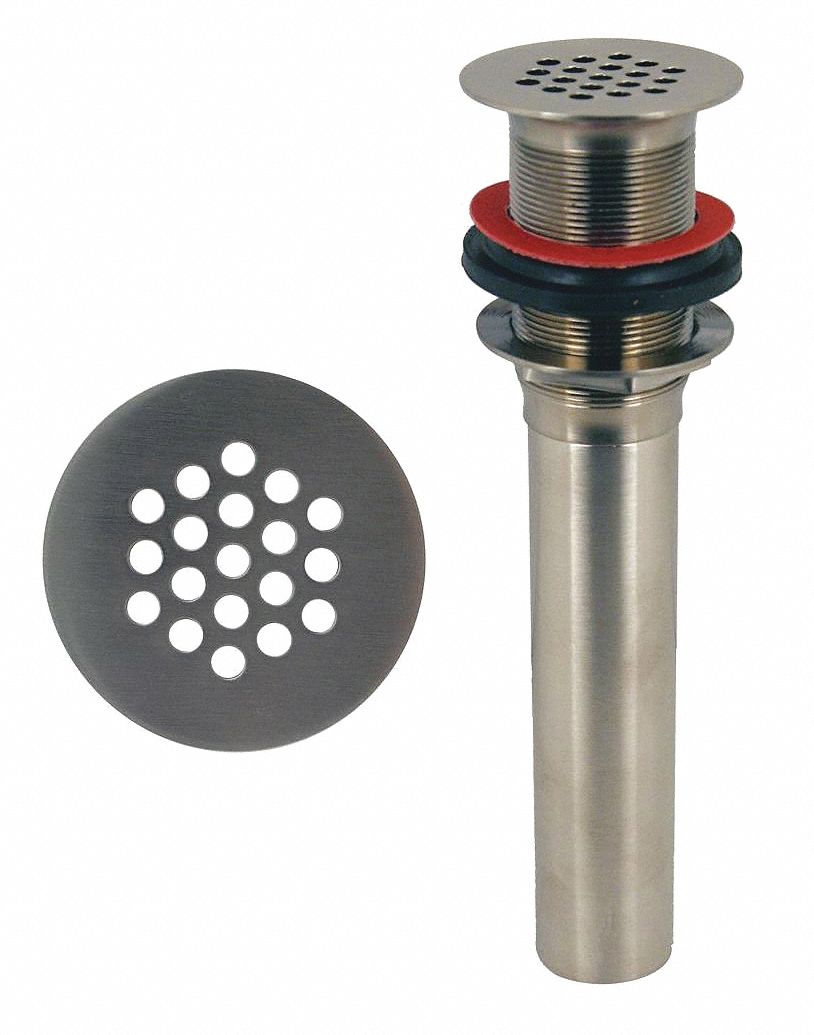




/sink-drain-trap-185105402-5797c5f13df78ceb869154b5.jpg)







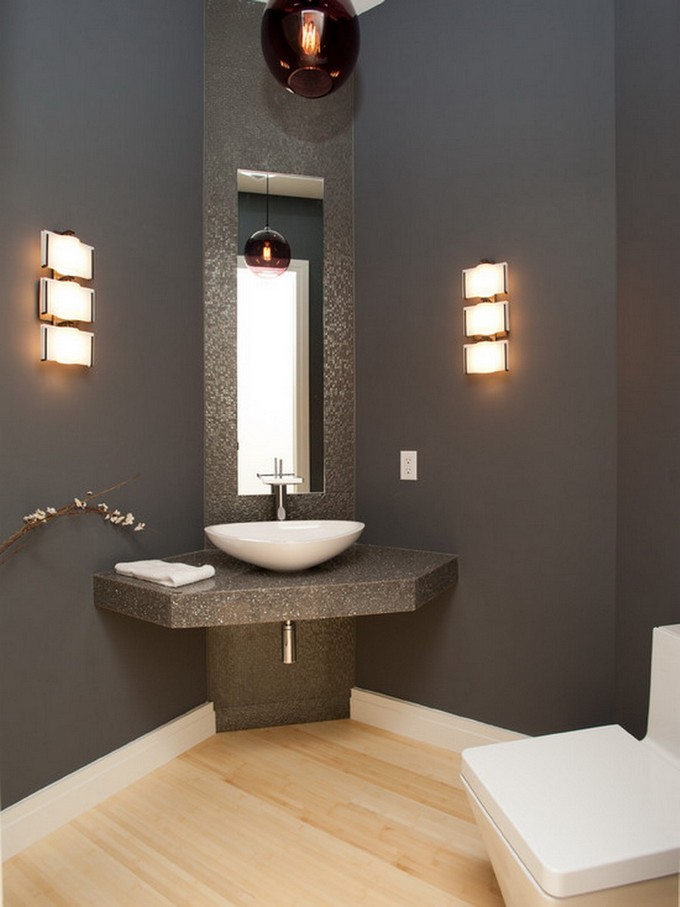






























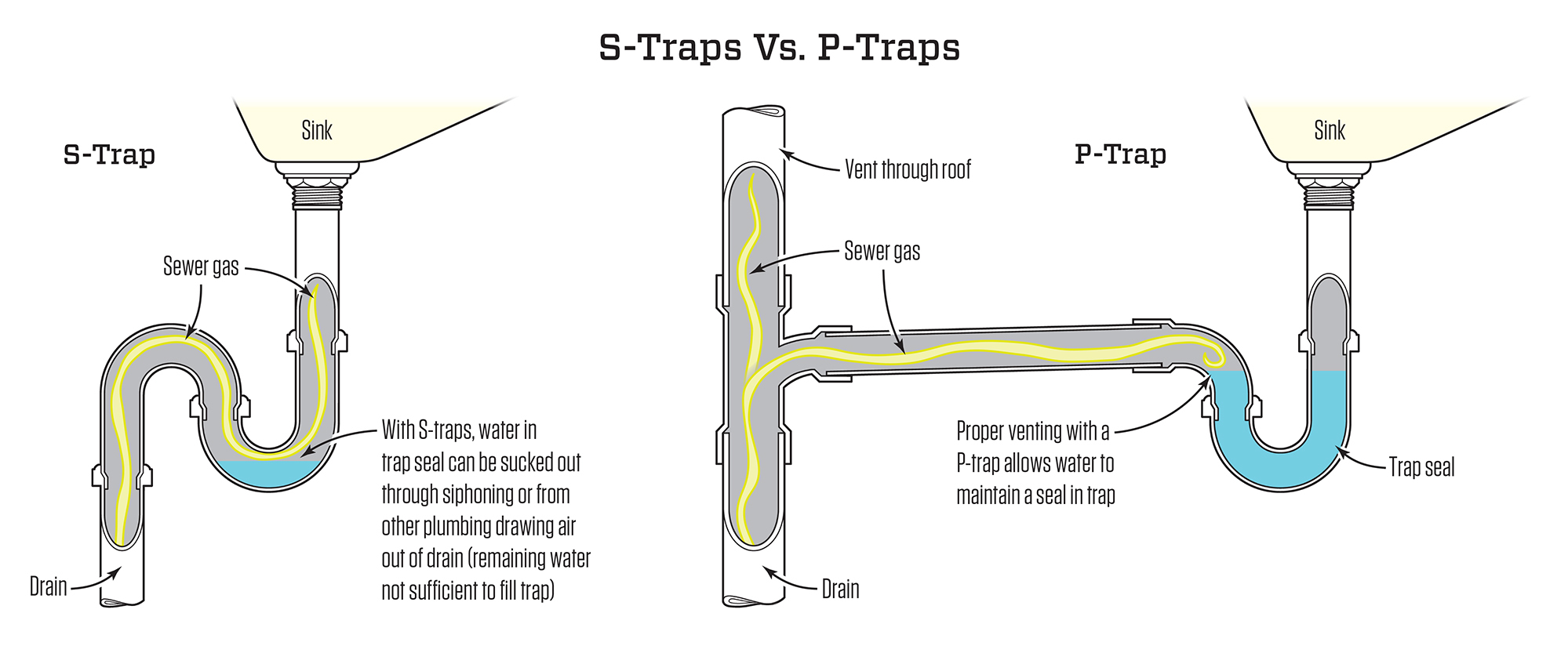


























:max_bytes(150000):strip_icc()/bathtub-drain-stopper-types-2718995_FINAL-3c520aa60ba2477786c0a2b64de3834f-3f86776780154b1aad5a91124256e317.png)



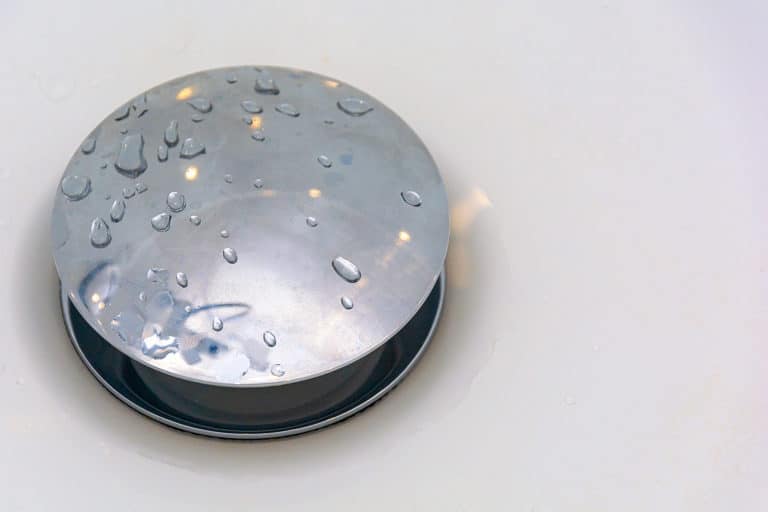
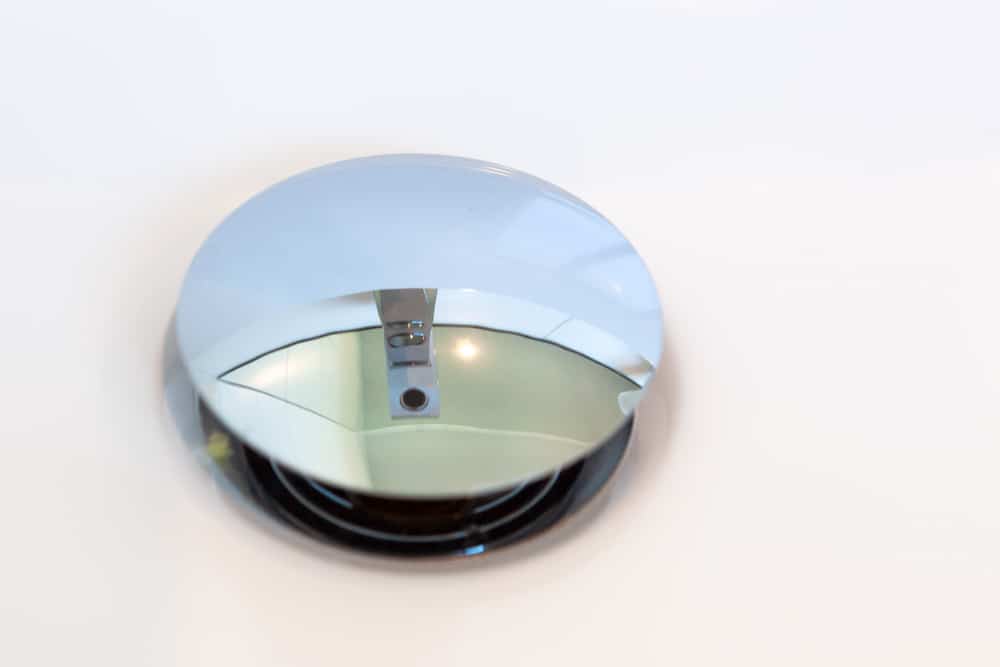







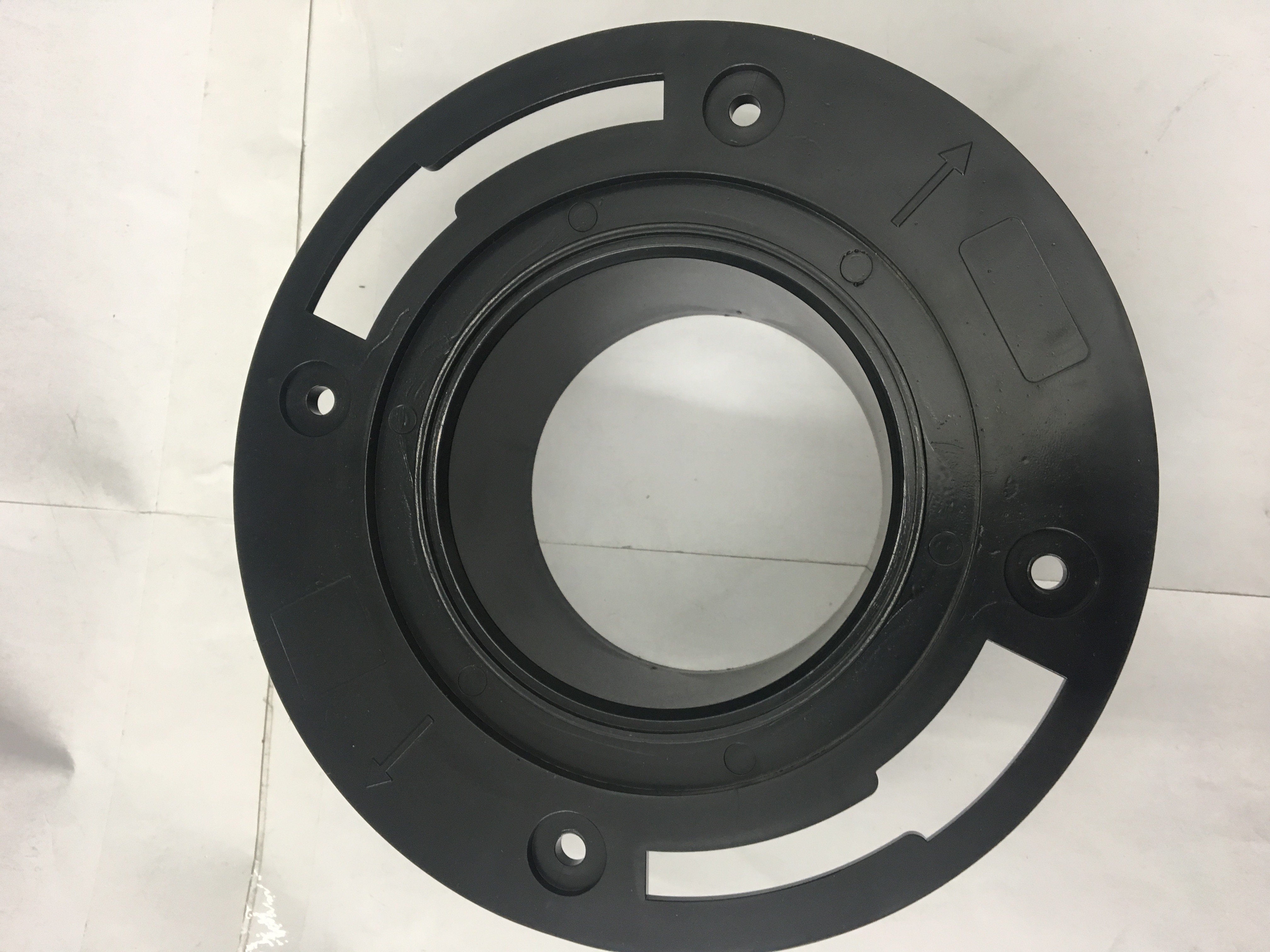








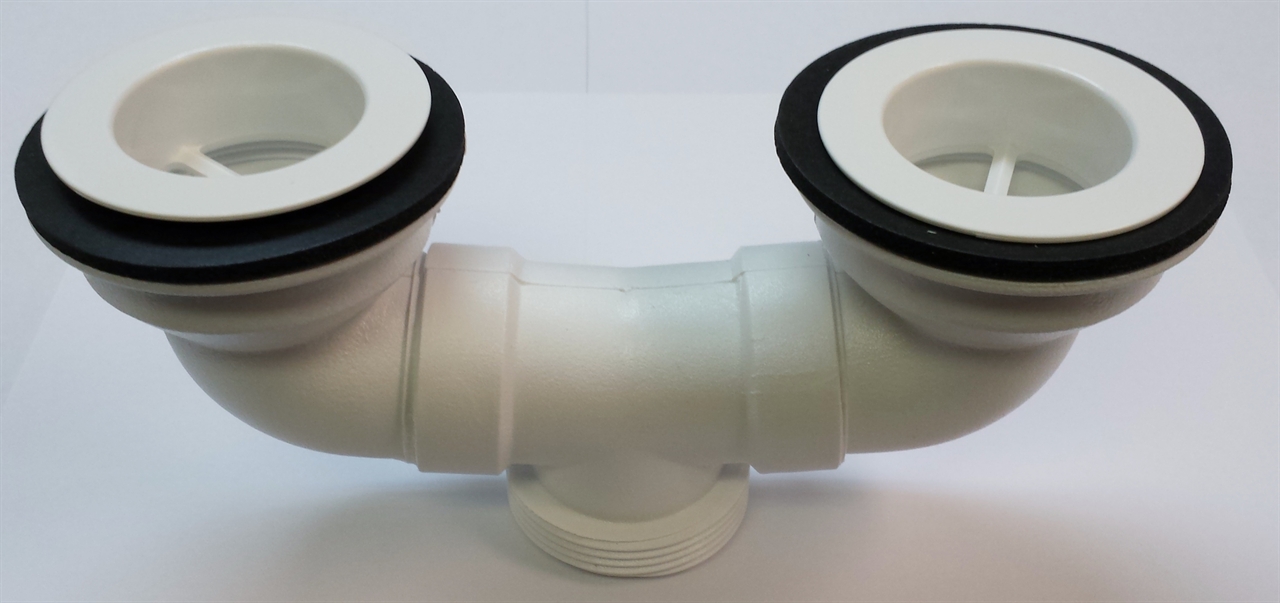












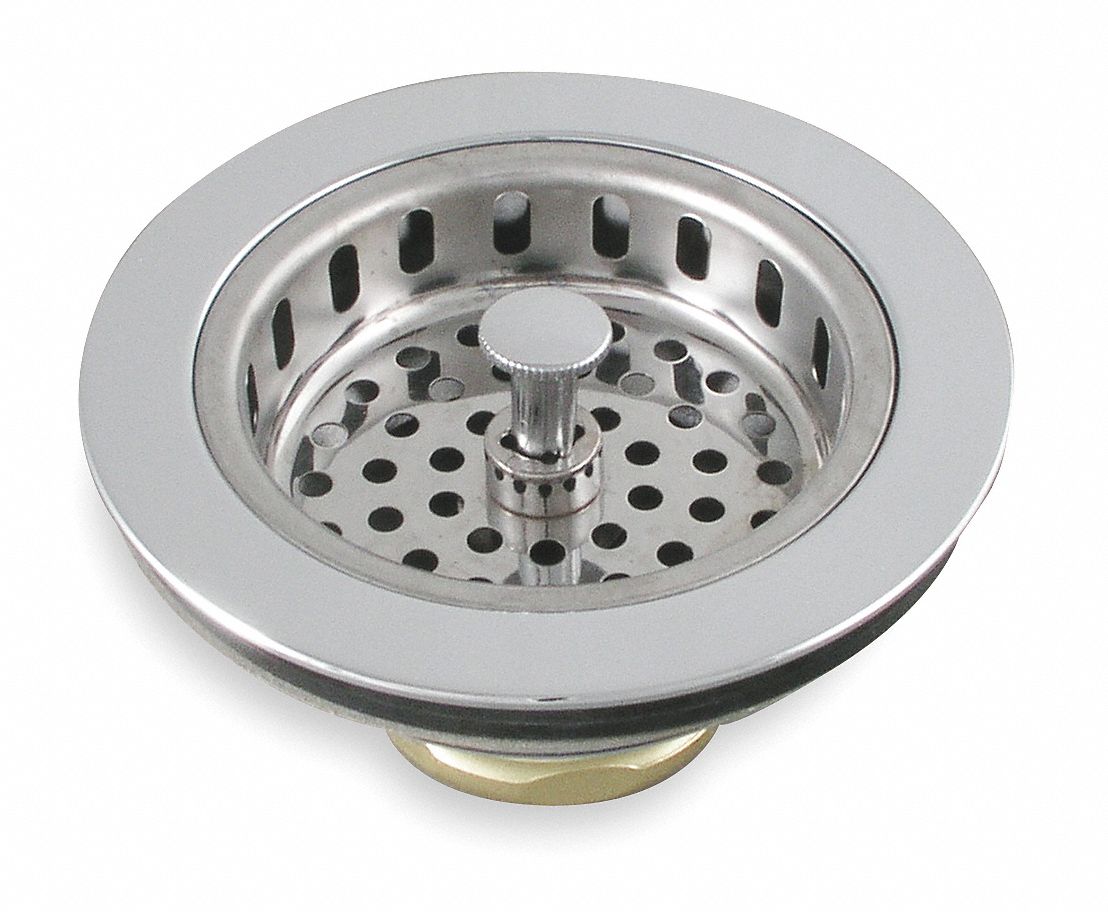


:max_bytes(150000):strip_icc()/HypoallergenicQuiltedStretch-to-FitMattressPadByHannaKay10YearWarranty-ClyneCollectionQueen-590cd5ba3df78c92835bb144.jpg)
:max_bytes(150000):strip_icc()/Litchfield_BeresfordHill_025-5b89787fc9e77c00258aa53c.jpg)




